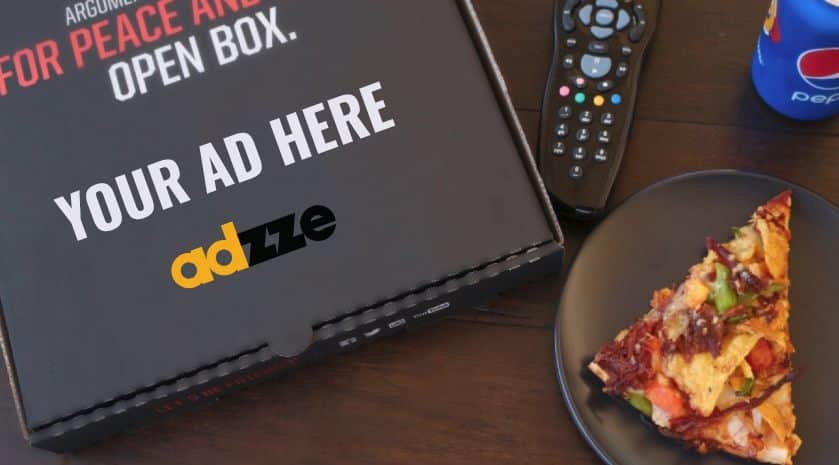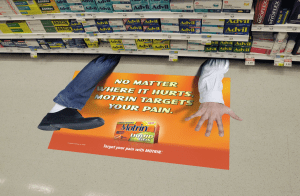
CPM in Media: Comparing In-Hand Advertising to Digital Formats
In a world flooded with digital impressions and banner blindness, marketers are asking harder questions about performance—especially when it comes to CPM in media. While traditional CPM calculations favor low-cost, high-impression digital placements, the reality is far more nuanced. How





